Episode #48 feat. Dr. Makeda Best
In this episode, Eric sits down with Dr. Makeda Best — deputy director of Curatorial Affairs at the Oakland Museum of California…! She shares how; at a young age became interested in photography… Early exposures and experiences that drew her to studying studio photography at CalArts, to eventually leading her to become a photography historian. How she began to trace the history of African Americans in California — where they settled after the Civil War… She shares how African Americans first became interested in and exposed to photography… and the ways in which they participated in making photographs early on; as makers, sitters and consumers. From Frederick Douglass as one of the most imaged figures in the 19th Century, Sojourner Truth… to everyday people — and using the power of photography to combat stereotypes against black people. The role it played in the abolitionist movement; picturing community, preserving and sharing. Notable African American photographers such as James Presley Ball and Augustus Washington…
They discuss James van der Zee and how he photographed the Harlem Renaissance — using large group portraits; to document Families, weddings… capturing how vibrant the period was. The art, skill and science behind photography and the technological developments through the years… From photography studios, to itinerant photographers with traveling dark rooms. The works of Ansel Adams. Daguerreotype - metal based images and how by the 1860s — the arrival of card-based format, cartes-de-visite processes and mass production portraiture that created an influx in making images and portraits — and how African Americans were involved in that. They discuss her writing and past published works - including “Elevate the Masses: Alexander Gardner, Photography and Democracy in 19th Century America” that explores the role that photography played within the war… works by Alexander Gardener — and his ideas of using photography as a tool to educate and the role of democracy… to other works; that explore the documentary photography in Egypt and photography in environmentalism.
And most recently… the exhibition she curated for the Boston Athenaeum that centers around the photography albums gifted to Harriet Hayden from lawyer Robert Morris — that explores the world of the Boston-based abolitionist couple Lewis and Harriet Hayden. How photography and gifting culture played a role in the abolitionist movement, their home on Beacon Hill, housing African Americans and the extraordinary efforts of Harriet Hayden and the contributions she made to society. How the exhibition came about, the process of producing the show and what it aims to accomplish...!
Guest Bio: Makeda Best, Ph.D., is currently the Deputy Director of Curatorial Affairs at the Oakland Museum of California (OMCA). Best comes to OMCA after serving at Harvard University Art Museums as Richard L. Menschel Curator of Photography since 2017, and previously as Assistant Professor of Visual Studies at California College of the Arts. Her exhibitions at the Harvard Art Museums include Devour the Land: War and American Landscape Photography Since 1970, Crossing Lines, Constricting Home: Displacement and Belonging in Contemporary Art; Winslow Homer: Eyewitness; Time is Now: Photography and Social Change in James Baldwin’s America, and Please Stay Home: Darrel Ellis in Conversation with Wardell Milan and Leslie Hewitt. Beyond photography, Best conceived of the Museums’ curatorial ReFrame initiative, which aims to critically examine the museum and its collections. With Kevin Moore, she co-curated the 2022 FotoFocus Biennial exhibition, On the Line – Documents of Risk and Faith. Her current exhibition project with the Boston Athenaeum explores the world of the Boston-based abolitionist couple Lewis and Harriet Hayden. Best has contributed to multiple exhibition catalogues, journals, and scholarly publications. She co-edited Conflict, Identity, and Protest in American Art (2015). She is the author of Elevate the Masses: Alexander Gardner, Photography and Democracy in 19th Century America. Her exhibition catalogue, Devour the Land: War and American Landscape Photography since 1970 (2022), was awarded the Photography Catalogue of the Year Award at the 2022 Paris Photo-Aperture PhotoBook Awards.
Framing Freedom: The Harriet Hayden Albums
The Boston Athenaeum has launched its newest exhibition, Framing Freedom: The Harriet Hayden Albums. This innovative exhibition brings together rarely seen works and examines Black abolitionists’ public identities, private lives, visual and material culture, and social activism through the perspective of a Black woman’s photograph albums from the mid-1800s. The narrative core of the exhibition centers on two photograph albums once owned by anti-slavery activist Harriet Bell Hayden. Together, the albums contain 87 cartes-de-visite. The 2⅛ x 3½-inch portrait photographs portray many of Boston’s most prominent Black abolitionist figures – including suffragist Virginia Hewlett Douglass, lawyer Robert Morris, educator Elizabeth N. “Lizzie” Smith, and Dr. John V. DeGrasse – and include rare examples by makers like the Black landscape painter Edward Mitchell Bannister. These albums document the personal world of Harriet Hayden – social, political, and religious networks of Black Bostonians and their white allies engaged in the abolitionist movement in Civil War-era Boston. While her husband, Lewis Hayden, is better known for his public activism, these works encourage us to recognize the home-based activism and movement contributions of Harriet Hayden.
This special exhibition is co-curated by Makeda Best, PhD, Deputy Director of Curatorial Affairs at the Oakland Museum of California, a specialist in nineteenth-century photography, race, and gender, and Virginia Reynolds Badgett, PhD, former Assistant Curator at the Boston Athenaeum and scholar of American art and material culture.
